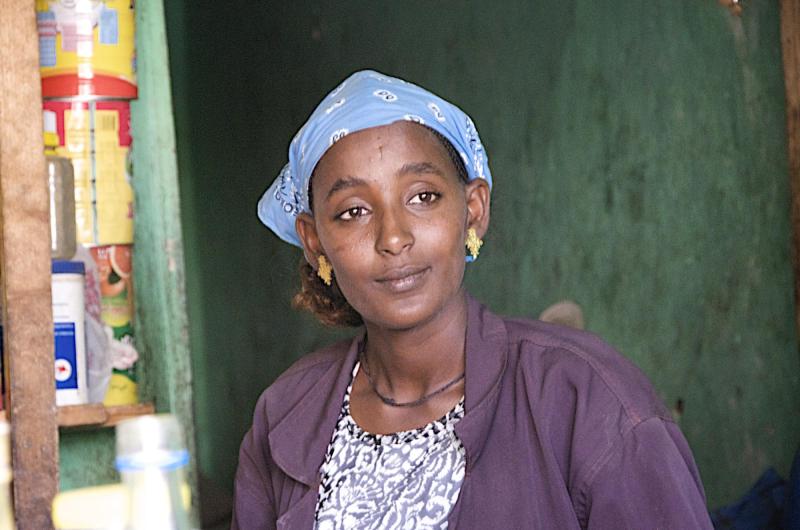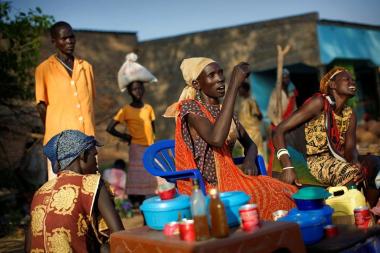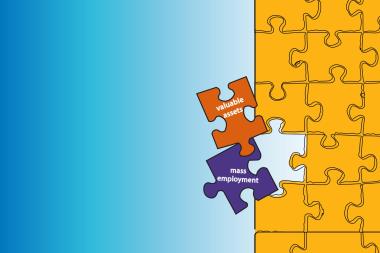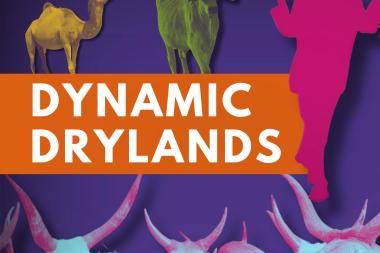Dynamic livelihoods in conflict and recurrent crises: stories of change from Ethiopia and South Sudan
This report looks at change within peoples livelihoods, the conditions that allow change to occur and spread, and the barriers which prevent change from spreading to other people and places.
From observation it is generally known that livelihoods in conflicts and recurrent crises are dynamic. Yet analysis of change and innovation is usually missing from assessments that underpin support for livelihoods in such situations. It seems plausible that more effective support could be offered if it was based on a better understanding of the ways in which people are already seeking to adapt their livelihoods and to innovate.
SPARC looked to contribute to filling the evidence gap on livelihood adaptation in response to crisis and conflict by documenting examples of positive change. The study looked to identify the dynamics and factors that facilitate change, and the conditions that most favour local adaptation and its spread. The study also sought to identify the constraints to people’s own livelihood changes and whom they most affect.
SPARC collected stories from three locations: Mekelle, Ethiopia; and Bor and Nzara counties in South Sudan. Positive stories were identified through group discussions and through snowball sampling (where each informant led to another). During detailed interviews with men and women, individuals were then invited to offer their stories in their own terms, illustrating how they had innovated or adapted ways to make a living and where their ideas came from. The informants were identified with the purpose of documenting successful stories. The informants are not a random sample, because the research did not aim to draw general conclusions about how many people are innovating in these ways.
Findings
Change is not linear and not always obviously transformational. People are constantly looking for what can work best for them within the range of what they think is possible for them. Sometimes they adopt ideas for a short time and then move to something else. That might be in reaction to a change in circumstances or might have been the original intention, using one change as a stepping stone to another.
The flow of ideas from place to place was the most important driver of change. People learned as they moved to new places or from people moving into the area. Personal networks help spread ideas and knowledge, and helped people gain the courage to try something new.
Capital and skills are important, but these can be acquired. The prerequisite for change is the confidence to take risks. People gain confidence in different ways: from life experience, from positive examples set by others, by taking small steps, and by working in groups.
Even in the most challenging of circumstances, some people took risks and tried out new ideas. However, circumstances (e.g. market conditions, opportunities, capital, contacts) set the upper limits of what people are able to undertake.
Change was facilitated by the way people thought about change – by new ways of thinking about what is possible. The most dynamic situations were ones where people had deliberately embraced change for the first time, rather than accepting previous cultural limitations, e.g. around women’s roles. Individuals can therefore catalyse wider change by setting examples and challenging societal expectations.
Policy implications
- Livelihoods affected by conflict and recurrent crises are dynamic. This offers more opportunities for supporting livelihoods, if the ways and directions in which change is already happening and being sought can be appreciated. It may be more (cost-)effective to think of unlocking opportunities rather than offering solutions, e.g. helping people find skills by networking them with others rather than offering skills training, or building people’s confidence by helping them find others to work with rather than relying on teaching business skills.
- Since people need to continually adapt, there may be no single set of skills that can be given to people that will remain relevant for them. It is more important that people are enabled to take risks – and to learn new skills – than it is to offer them a specific package of skills.
- Every situation is different. People view their goals from different starting points, with different objectives and in different cultural and economic contexts. This poses a challenge: how to remain effective – i.e. developing context-specific support – and also reach scale.
- Identifying changes that individuals are driving is the best starting point for identifying wider change, e.g. in social norms or in economic possibilities. Understanding this can enable support for wider positive societal change, e.g. developing context-specific livelihood support that also takes a gender-transformative approach.



